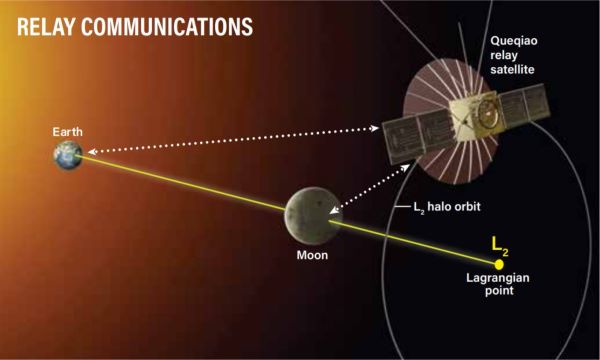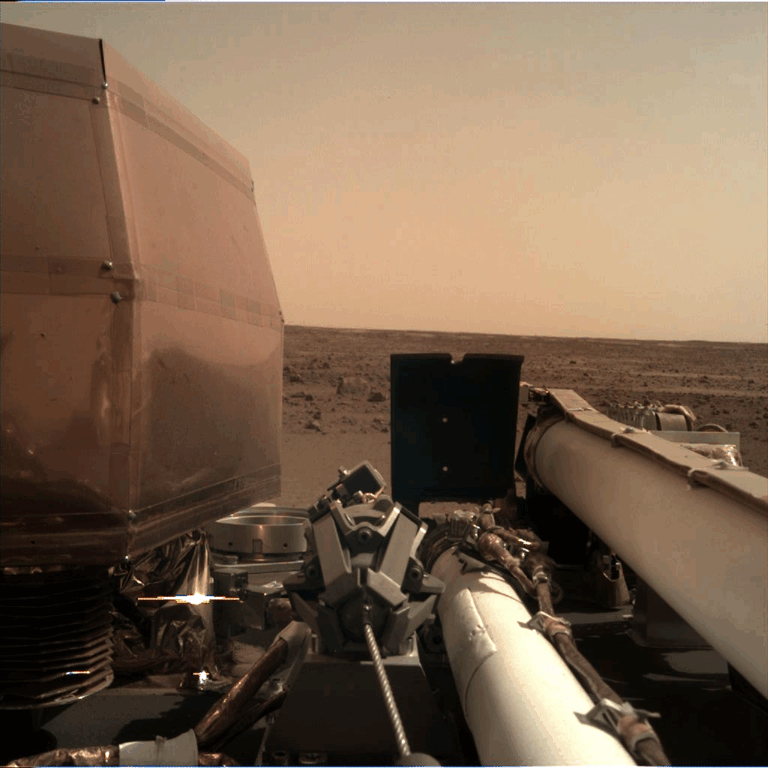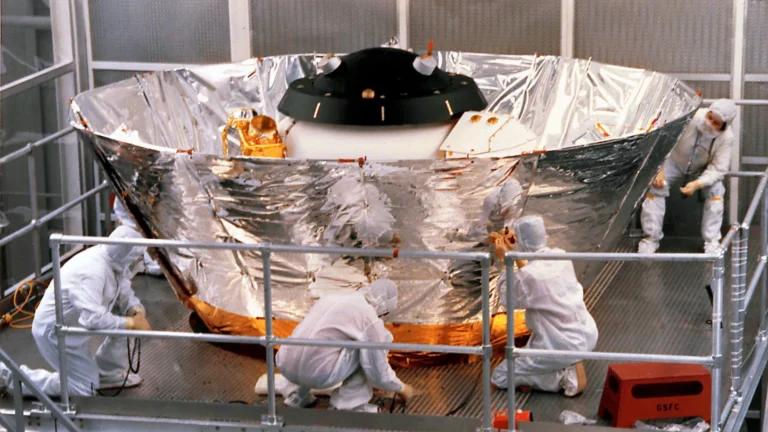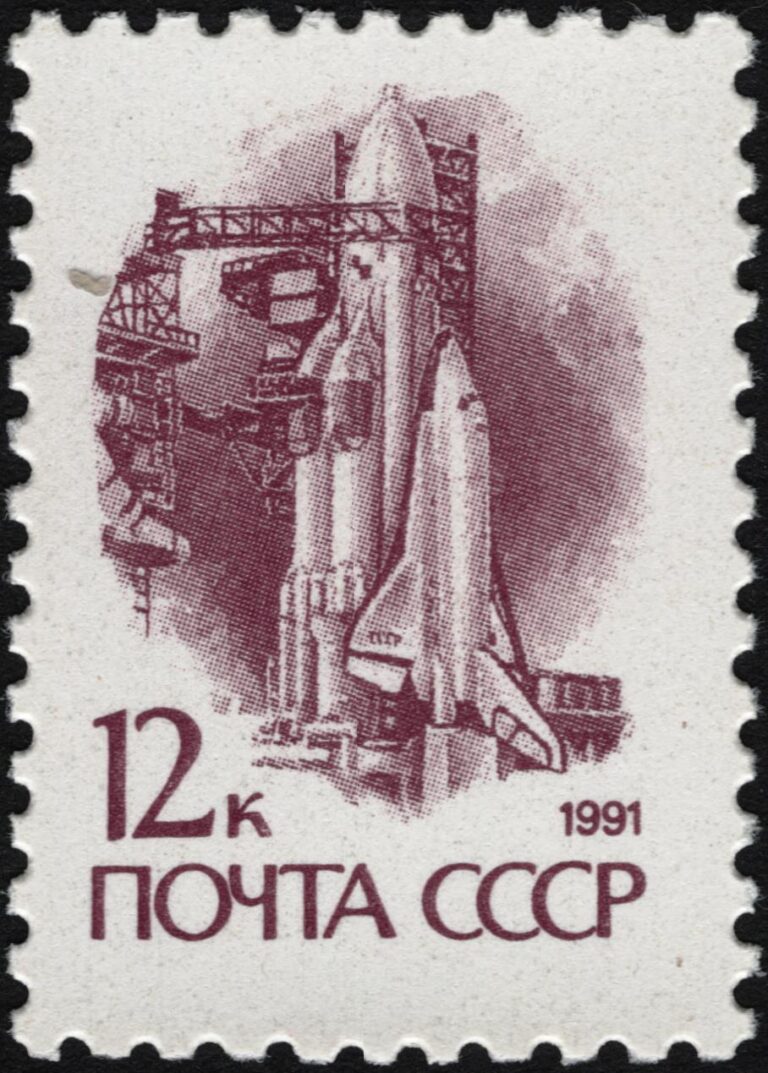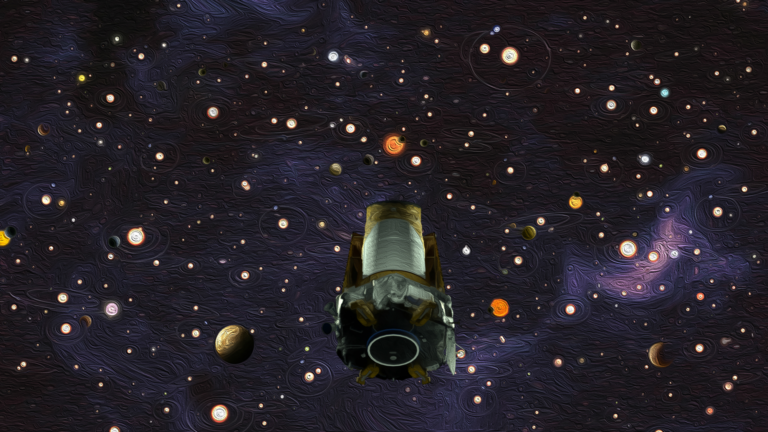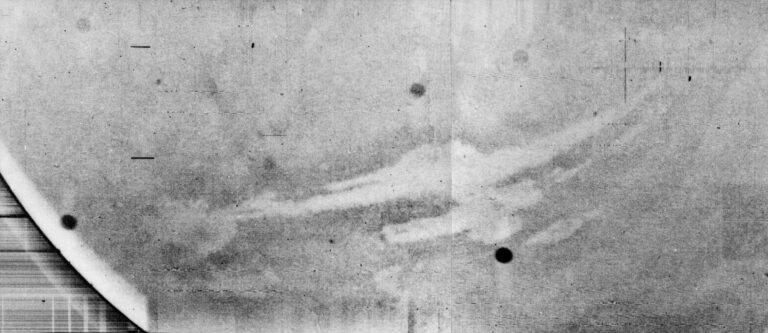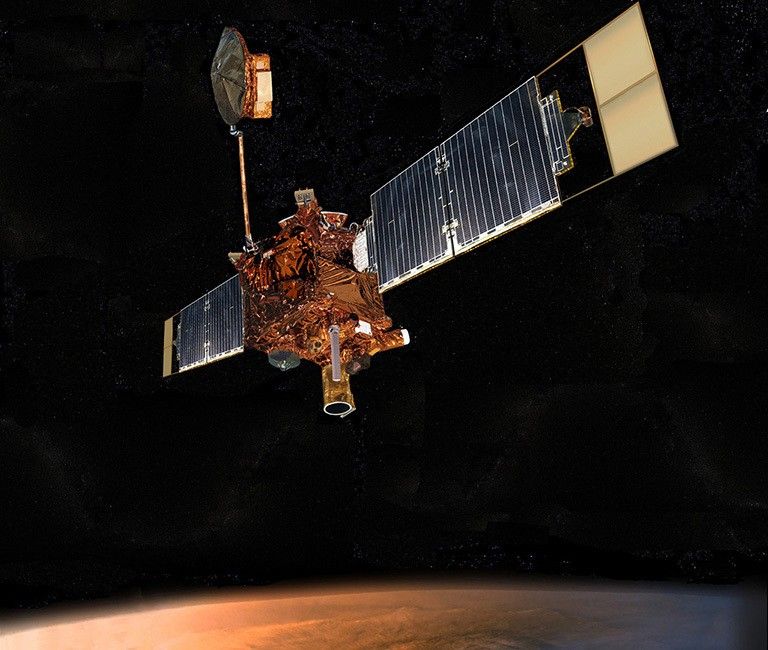Key Takeaways:
Q: How is it possible for the Chang’e-4 lander to communicate with Earth from the farside of the Moon, while the Apollo astronauts could not communicate with NASA while they were orbiting on the farside?
A: When Apollo astronauts circled the Moon, communications were cut off with Earth every time the command module passed behind the Moon. This is because the Moon itself blocks radio signals, preventing communication when it comes between Earth and any spacecraft.
But mission scientists have maintained constant contact with Chang’e-4, located on the lunar farside in Von Kármán crater within the larger South Pole-Aitken Basin. They communicate with the lander via a relay satellite, Queqiao, which orbits a point called the Earth-Moon L2 Lagrangian point. L2 is a point about 40,390 miles (65,000 kilometers) beyond the Moon. It is one of five Lagrangian points where gravitational forces are balanced, meaning Queqiao will permanently remain in that location because gravity isn’t tugging it away.
Furthermore, Queqiao is in a halo orbit, which means it’s actually orbiting the L2 point itself. While Queqiao always remains on the opposite side of the Moon from Earth, its orbit sweeps it out far enough from behind the Moon’s limb that signals can then travel between the spacecraft and our planet. So, any time researchers want to communicate with Chang’e-4, they send a signal to the satellite, which then relays the information to the lander — and vice versa.

